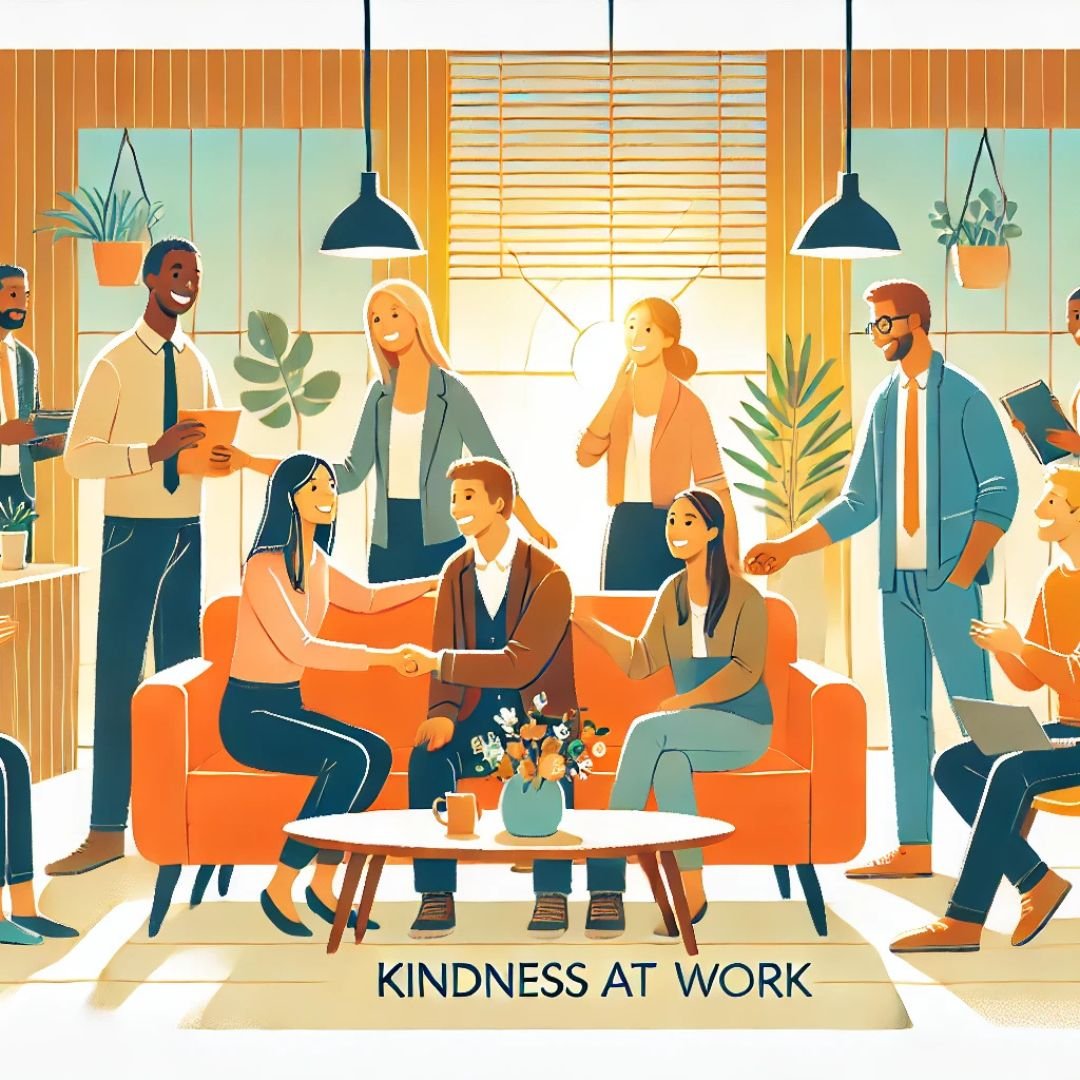Nice vs Kind: How Recognising the Difference Can Transform Your Team Leadership
Have you ever noticed one team member always looks after everyone else? They're the first to notice when a colleague hasn't had a break or is quietly having a tough day. These individuals are often seen as the "glue" holding the team together. But many don't realise the personal cost for these supportive team members. Understanding this dynamic is critical for effective team leadership.
The Hidden Cost of Being "Nice"
People who consistently support others often have nurturing personalities, naturally gravitating towards helping others, sometimes at their own expense. This trait, frequently called "niceness," can unknowingly lead to burnout. Why? because "nice" people are typically driven to be liked and accepted. This approach might temporarily avoid conflict, but it gradually drains energy, eventually leading to exhaustion and burnout.
As a leader, it's essential to spot these team members early and ensure they aren't shouldering an unfair share of emotional labour. Effective leadership means recognising this and facilitating a balanced support distribution among all team members.
Nice vs Kind: Understanding the Crucial Difference
Though "nice" and "kind" are often used interchangeably, understanding their differences can transform your approach to leadership:
Characteristics of "Nice" People:
- Prioritise being liked by others
- Avoid difficult conversations
- Offer praise primarily to keep peace
- Say "yes" to avoid feeling guilty
- Overextend themselves to demonstrate value
- Ignore or sidestep issues to prevent conflict
- Suppress emotions to maintain an appearance of calmness
- Choose comfort over clarity
Characteristics of "Kind" People:
- Aim to earn trust and respect, not just likability
- Engage proactively in tough conversations
- Offer constructive feedback to promote growth
- Set clear, healthy boundaries
- Conserve their energy to remain effective and present
- Address inappropriate behaviours directly
- Remain present with their emotions without being controlled by them
- Make value-driven decisions
The Essential Role of Feedback and Coaching
As leaders, it is vital to provide regular, constructive feedback to team members who tend toward people-pleasing. Leaders can foster a culture of kindness rather than niceness by offering clear, supportive feedback and demonstrating emotional intelligence. Coaching individuals to navigate challenging conversations and conflicts helps them evolve from seeking approval to genuinely supporting growth and maintaining healthy team dynamics.
Leading by Example: The Power of Role Modelling
One of the most powerful ways to shift your team culture from "nice" to "kind" is by role-modelling this behaviour yourself. Leaders who display humility, acknowledge their mistakes openly, and consistently demonstrate emotional intelligence create a halo effect, encouraging the entire team to mirror these positive behaviours.
Leaders must stay self-aware, recognising their emotional responses and limitations. Admitting when emotions take over, particularly in high-stress situations, builds psychological safety within the team. This openness fosters a supportive team environment and helps leaders identify and manage their blind spots effectively.
Creating Psychological Safety in Teams
A psychologically safe environment is one in which team members feel confident expressing themselves respectfully and using emotional intelligence to guide their interactions. Such an environment reduces the pressure for individuals to engage in people-pleasing behaviours and encourages healthy, direct, and transparent communication.
Kindness Isn't Softness
There's a common misconception that kindness equates to softness or weakness in leadership. Kindness paired with strength, humility, and clear boundaries is one of the most effective leadership combinations. Effective leaders recognise that dealing with challenging issues comprises much of leadership. Remaining humble, receptive to feedback, and maintaining open lines of communication are key aspects of successful, compassionate leadership.
In Conclusion
Recognising the difference between being "nice" and being "kind" can significantly enhance your team's well-being, productivity, and cohesion. Leaders can create environments where everyone thrives by cultivating kindness, setting clear boundaries, and role-modelling emotional intelligence.
Further Reading:
- Compassionate Leadership - How to Do Hard Things in a Human Way by Rasmus Hougaard & Jacqueline Carter
Book a complimentary strategy call to help you in your leadership role here



Comments ()